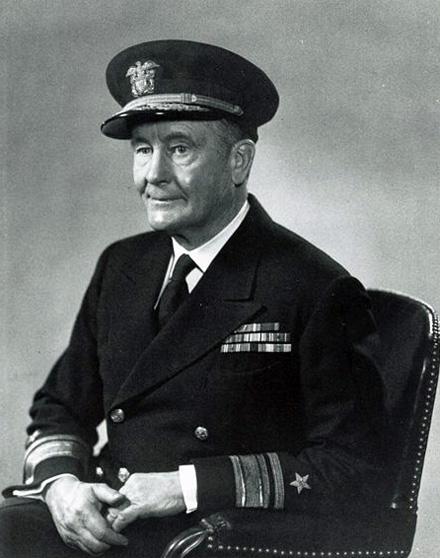Crawfordsville Weekly Review, Nov. 10, 1866
https://newspapers.library.in.gov/cgi-bin/indiana?a=d&d=CWJ18661110.1.2
The Pacific Railroad (page 2)
…When Dr. Durant announced, one year ago, that he wanted one million of cross ties for immediate use, and three millions in two years, everybody laughed at the idea. “They must be had,” he replied, “I will have them.” Every source was applied to. Soon one party agreed to furnish a large lot, and another a lot, but they were bringing in cotton-wood, a species of timber like unto a pumpkin or a cucumber, which looked well enough, but had a reputation for not being reliable over night; but the resources of man are as endless as his desires are boundless. “Bring on your cotton-wood,” said Durant, and up the Missouri, out of a thousand ravines and gulches, rang the sound of the invader’s ax, and soon came a perfect torrent of ties, ties of oak, of cedar and of cotton-wood.
To make the latter available, an iron boiler a hundred feet long and five feet in diameter was brought into requisition. It was filled with ties, and the apertures being closed, a steam engine exhausted the air, which emptied the pores of the wood, when a solution of zinc was ejected, which, permeating the fibers, hardens the wood, and in drying gives it well nigh a metallic appearance and weight, which guarantee its durability for about twelve years.
Eight hundred and fifty thousand ties and telegraph poles already h

